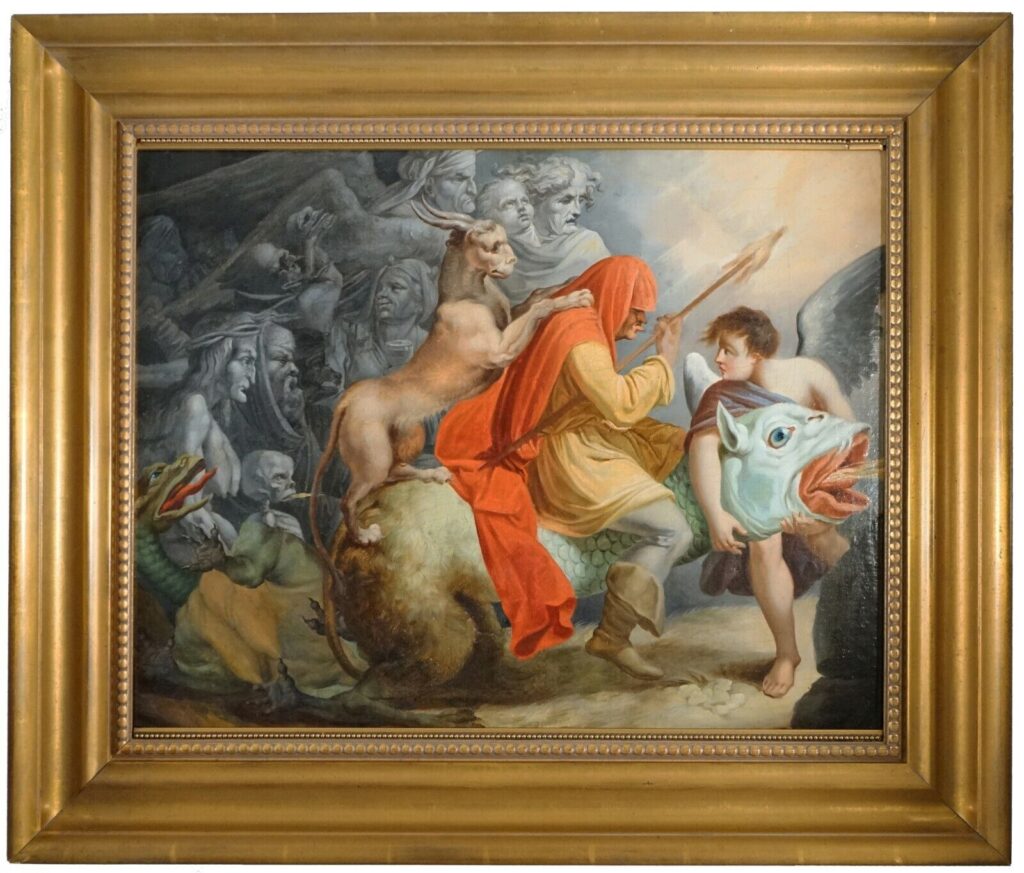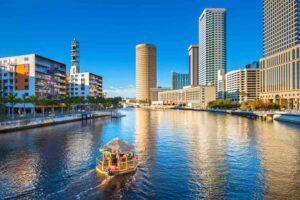
Parmigianino, also known as Girolamo Francesco Maria Mazzola, was a prominent artist of the Italian Renaissance, born in Parma, Italy, in 1503. His works were known for their elaborate and intricate details, the use of elongated figures and a masterful command of light and shadow. Parmigianino’s style was influenced by the works of Leonardo da Vinci, Michelangelo, and Raphael, and he became one of the most important artists of his time.
Parmigianino’s Early Life and Education
Parmigianino was born in Parma to a family of artists. His father was a painter, and his uncle was a prominent sculptor. Parmigianino was taught by his father and uncle, but he was also influenced by the works of other artists in Parma, including Correggio and Mantegna.
At the age of 16, Parmigianino began his formal training as an artist in the workshop of Andrea da Cremona. He studied there for three years before moving to Rome to continue his education. In Rome, Parmigianino was exposed to the works of the great masters of the Italian Renaissance, including Michelangelo and Raphael.
Parmigianino’s Artistic Style
Parmigianino’s artistic style was heavily influenced by the works of his predecessors. He studied the works of Leonardo da Vinci, Michelangelo, and Raphael, and his own style is characterized by the use of elongated figures, delicate and intricate details, and a mastery of light and shadow.
One of Parmigianino’s most famous works is the “Madonna with the Long Neck,” which depicts the Virgin Mary with an elongated neck and arms. The painting is also known for its intricate details, including the folds of the Virgin’s robes and the delicate hands of the angels.
Parmigianino’s works were also known for their use of perspective. He was one of the first artists to use a technique called foreshortening, in which objects are depicted as if they are receding into the distance. This technique can be seen in many of his works, including the “Self-Portrait in a Convex Mirror,” which depicts the artist’s face distorted by the convex mirror.
Parmigianino’s Later Life
Parmigianino’s later life was marked by financial difficulties and personal tragedies. He struggled to find patrons for his work, and he was forced to sell some of his most famous works in order to pay his debts.
Parmigianino also suffered from mental illness, which led to a decline in the quality of his work. He became increasingly isolated and paranoid, and he was eventually imprisoned for assaulting a man who he believed had stolen his work.
Parmigianino died in 1540 at the age of 37, leaving behind a legacy of great art and a reputation as one of the most innovative artists of his time.
Parmigianino’s Legacy
Parmigianino’s legacy is a testament to his talent as an artist and his impact on the Italian Renaissance. His works were admired by his contemporaries and continue to be celebrated today.
Many artists have been influenced by Parmigianino’s style, including the Baroque painters Peter Paul Rubens and Anthony van Dyck. His use of elongated figures and intricate details can also be seen in the works of the Art Nouveau movement of the late 19th and early 20th centuries.
In addition to his influence on the art world, Parmigianino’s life and work have been the subject of numerous biographies, books, and scholarly studies. His unique style and his contributions to the development of Italian Renaissance art have secured his place in history as one of the great artists of his time.




